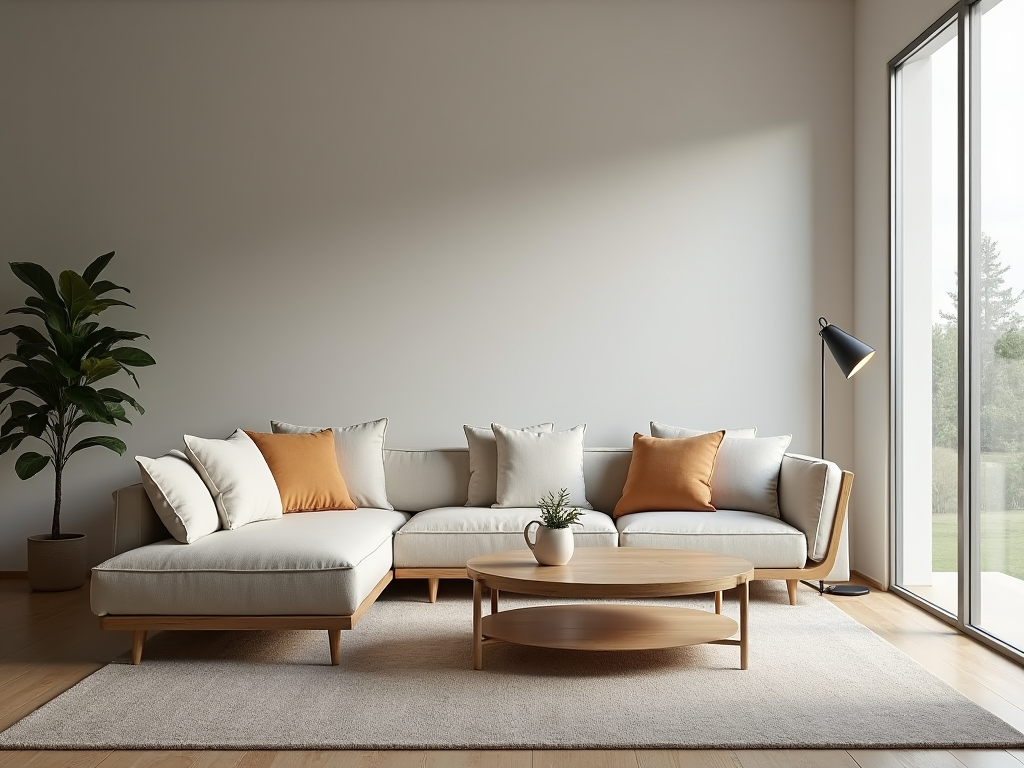Quick facts
Can't find the answer you're looking for? Please get in touch with our friendly team.
What does a humidifier do for you?
A humidifier adds moisture to the air, helping to alleviate dry skin, reduce allergens, and improve overall comfort in your home. It can also protect wooden furniture and flooring from cracking due to low humidity levels, enhancing the longevity of your decor.
What can I use to improve air quality?
To improve air quality indoors, consider using houseplants like snake plants or peace lilies, which can filter toxins. Also, opt for furniture made from low-VOC materials and ensure proper ventilation. Regularly cleaning and using air purifiers can further enhance the air quality in your home.
Category Overview
Introduction: Ensuring good air quality in your home is vital for both health and comfort. Clean air enhances your daily life by promoting relaxation, reducing allergens, and even improving sleep quality. Whether it’s through the use of air purifiers or maintaining proper ventilation, managing air quality can transform your living space into a haven of well-being. Functionality: The primary functions of air quality products include filtering pollutants, reducing odors, and enhancing overall freshness in the environment. These products are versatile and can be effectively utilized in different rooms—such as an air purifier for the living room to keep common areas inviting or a dehumidifier in the basement to prevent mold growth. Unique features like smart sensors or adjustable settings allow you to customize performance based on real-time conditions, making these devices not just functional but also user-friendly. Design & Style: Air quality products come in various styles and materials—from sleek modern units made with stainless steel to eco-friendly designs crafted from bamboo. You can find options that fit any decor theme, whether you’re going for a minimalist aesthetic or a cozy farmhouse style. Many models also feature customizable settings that blend seamlessly into your existing decor; think about how a compact air purifier could serve as both an appliance and a stylish addition to your furniture ensemble. Practical Considerations: When selecting the right device for enhancing your home's air quality, consider factors such as room size and airflow needs. A larger space may require a more robust unit with higher filtration capacity, while smaller rooms might benefit from discreet models that don’t overwhelm the decor. Common mistakes include neglecting maintenance schedules or overlooking filter replacement timelines—both crucial for ensuring optimal functionality over time. Comparison and Alternatives: Different materials have their pros and cons when it comes to efficiency and design appeal. For instance, HEPA filters are often recommended for their superior filtration capabilities compared to activated carbon filters but may require frequent replacement depending on usage levels. Additionally, choosing between portable vs fixed installations can impact flexibility; portable units offer convenience while fixed systems ensure consistent performance across larger spaces. Trends and Popular Items: Currently, there’s a noticeable shift towards smart technology in air quality products—think Wi-Fi-enabled purifiers that allow remote monitoring via smartphone apps. Moreover, eco-friendly materials like recycled plastics are gaining popularity among environmentally conscious consumers who seek sustainable solutions without compromising on design appeal. By understanding these aspects of Air Quality products, you can create an environment that not only looks good but also feels great—ensuring every breath taken at home is fresh and invigorating!


